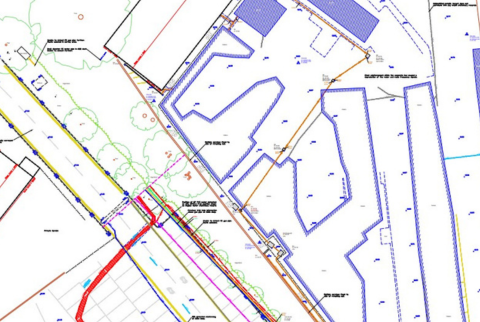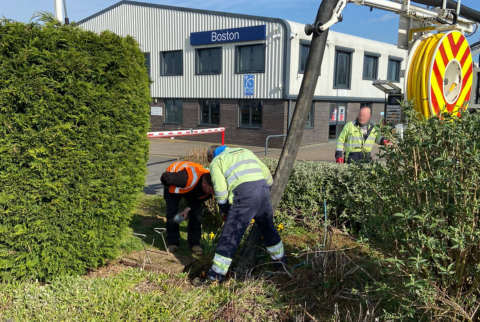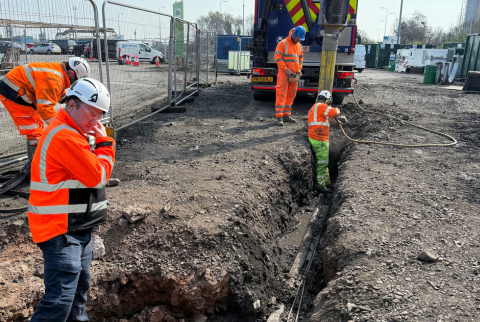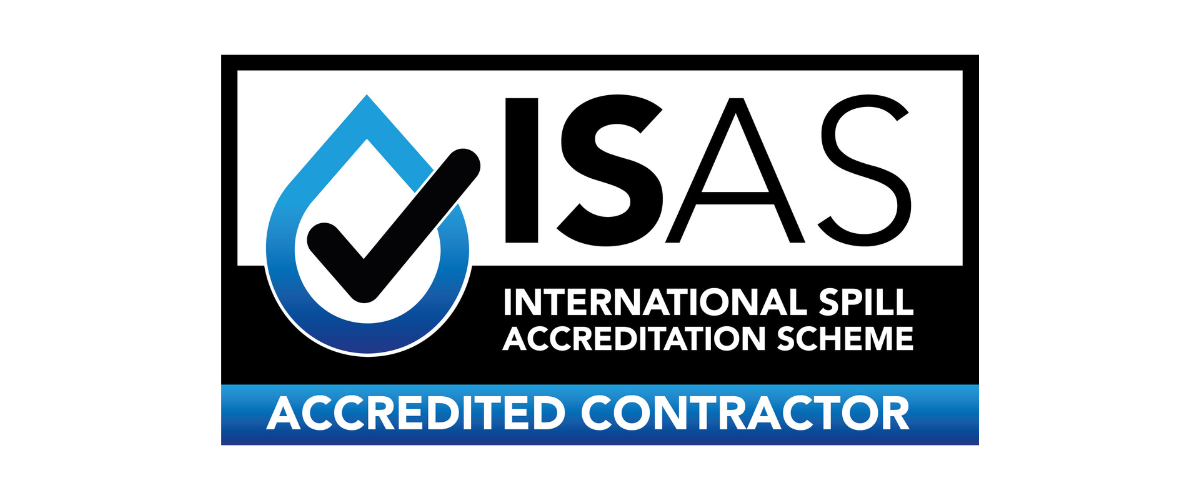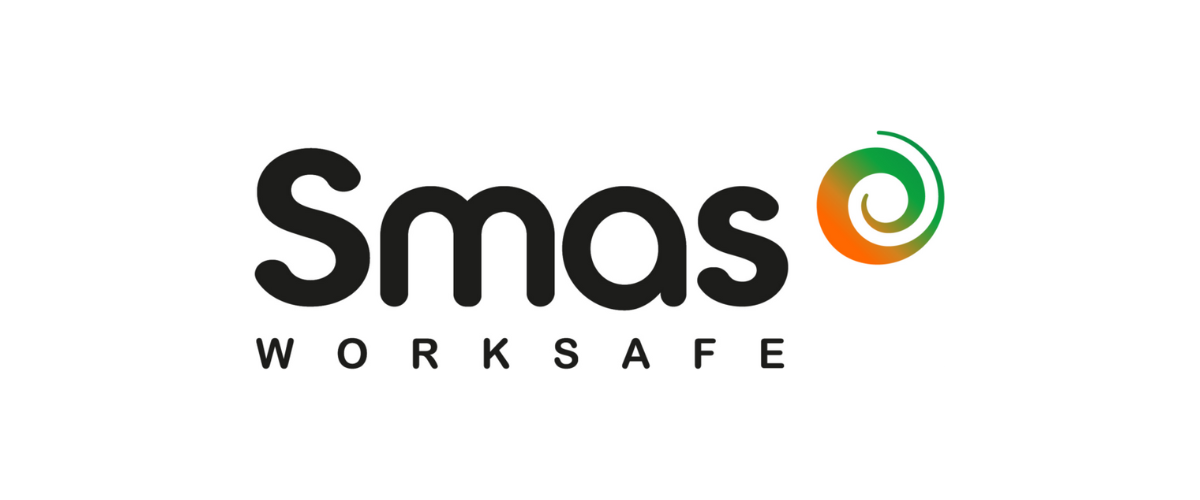Understanding your drainage system isn't just good practice, it's essential for environmental compliance, spill response planning, and protecting your site from costly pollution incidents.
Drain Tracing & Mapping Surveys
Site Drainage
A thorough understanding of your sites drainage system is a fundamental aspect of pollution prevention. A well-designed and properly maintained drainage system plays a critical role in preventing pollutants - such as oils and chemicals - from entering nearby watercourses or contaminating groundwater supplies. When spills are allowed to enter the drainage network and pollute controlled waters or groundwater, the environmental impact can be significant, and the associated clean-up costs substantial.
Drainage systems can serve as pathways to various environmental receptors:
Given these risks, it is crucial to have a clear understanding of your drainage layout. This knowledge enables quick identification of potential discharge points in the event of a spill and ensures timely notification of the appropriate regulatory authorities:
A comprehensive drain plan should include detailed information on:
To support this, our drain mapping survey provides an accurate assessment of your sites drainage infrastructure. The survey identifies surface water, foul drainage, and effluent pathways, along with interceptors, separators, and control devices such as drain closure mechanisms. The process involves lifting inspection covers and visually inspecting each chamber to trace and document drainage routes.
Drain Tracing Surveys
We offer expert drain mapping to provide a complete drainage overview. Our process includes:
Why Drainage Awareness Matters
In addition to the clear environmental advantages, maintaining an accurate and up-to-date drain plan can also offer significant financial benefits.
In the UK, water companies calculate sewerage charges based on estimated volumes of wastewater directed to sewage treatment works. If your site’s stormwater drainage discharges - either partially or entirely - into a natural watercourse (such as a river, stream, or soakaway) rather than the public sewer system, you may be overpaying for sewerage services.
By verifying the actual discharge routes through a detailed drain survey, you may be able to demonstrate that these charges are inaccurate and potentially reduce your ongoing costs.
All sewerage undertakers in England and Wales offer a surface water rebate scheme, allowing businesses and homeowners to claim refunds for past overpayments or to lower future sewerage charges. These rebates are available where it can be shown that surface water does not enter the public sewer system.
While each water provider has its own specific application process, all require an accurate and up-to-date drainage plan as supporting evidence. Our professional drain mapping surveys are designed to provide this documentation, enabling you to:
- Identify discharge points for stormwater
- Confirm whether surface water enters a public sewer or an alternative route
- Support your rebate application with credible, survey-based evidence
